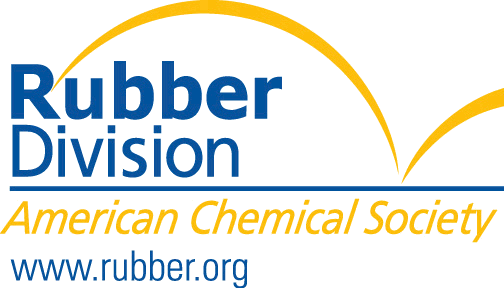111
Polyurethane Adhesive Systems for Cord-Rubber Adhesion
Polyurethane Adhesive Systems for Cord-Rubber Adhesion
Thursday, October 14, 2010: 2:00 PM
Adhesion between the rubber matrix and tensile cords in belts is crucial for proper function as a power transmission device. Traditionally, tensile cords have been treated with three layers of adhesive treatment (primer, RFL and overcoat) to provide this adhesion. The specifics of the adhesive treatments depend on the rubber matrix of the product. One rubber matrix currently being utilized in many belt applications is a peroxide cured, ethylene-alpha-olefin copolymer. To simplify the adhesive system and its application, and to eliminate the use of resorcinol-formaldehyde (RFL) and chlorinated polymers (overcoat) in the adhesive, a polyurethane-based adhesive system has been developed. This system consists of an optional primer based on a low-molecular-weight isocyanate, followed by an overcoat which includes a prepolymer based on an isocyanate-terminated diene oligomer and, optionally, a low-molecular-weight isocyanate and/or a thermoplastic polyurethane prepared from the diene polymer, MDI (diphenylmethane diisocyanate) and EHD (2-ethyl-1,3-hexanediol). With optimization of the combination of materials, amounts applied to the cord and processing conditions, this adhesive system provides good adhesion and the cord produced provides good results in belt testing. This approach simplifies the adhesive application process be eliminating at least one application step and provides an environmentally more friendly system.
